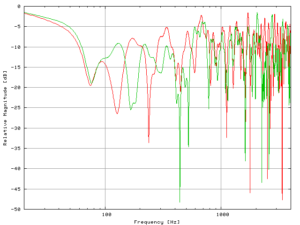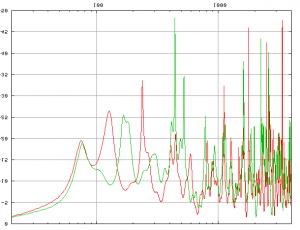The new equalizers
If you are up to date with trending audiophile gadgets, I am sure you have come across multiple surround amplifiers offering digital room correction, or as I prefer to call them digital room equalizers. The basic principle of how these amps work is quite simple. Once you have attached a microphone to the amp, you can put the mic at the desired location and hit the “auto measurement” button. After beeps, booms, and other weird sounding noises come out of the speakers the process is finished and your terribly damped or echoing room characteristics are miraculously turned into a divine listening experience. … Or at least that is what salesmen tell you in some of the stores. I beg to differ and here is why:
Your room is your natural reference
Whatever our ears experience in a room we perceive as “real”. When someone is talking to you, your dog is barking, a friend is playing the guitar or you are listening to a song playing through your sound system, it all sounds natural to you. Your room is emphasising certain tonal areas. For example carpets suck up higher frequencies, while drywalls diminish sub-bass. Since your ears naturally experience sounds wherever you go, your location automatically becomes a sound reference. Here is an example of a room response. As you can see, what might sound ok to us is not necessarily the optimal sonic experience.
Here comes the equalizer!
Now the next step is (in a simplified description) to turn on the room correction. It measures the unbalanced frequency response of the room, to then amplify in areas in which the room takes away sound and reduce where the reflections or resonators added up too many soundwaves. In other words: The room response of the example above and the correction you see below overlap to what we hear as more balanced and optimized response = the sound from the amplifier and the correction together with the room-influence now appear as natural to us. How come? I will explain further about that in part 2.




Noch keine Kommentare